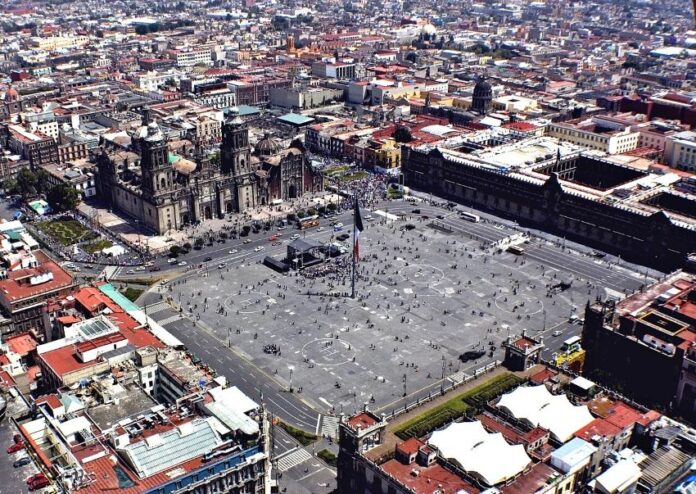Visit a Latin American city built during the colonial period and you’ll almost always find the same urban layout in the historic downtown: a central plaza flanked by a church and several government buildings. In every Spanish-speaking country, this place is called the Plaza de Armas or Plaza Mayor. Every country, that is, except for Mexico. Here, a city’s central square is its zócalo. Why the difference?
In keeping with Mexico’s capital-centric history, the answer has to do with Mexico City. And, like much that happened in the first decades of the country’s existence as an independent nation, it also has something to do with Antonio López de Santa Anna.
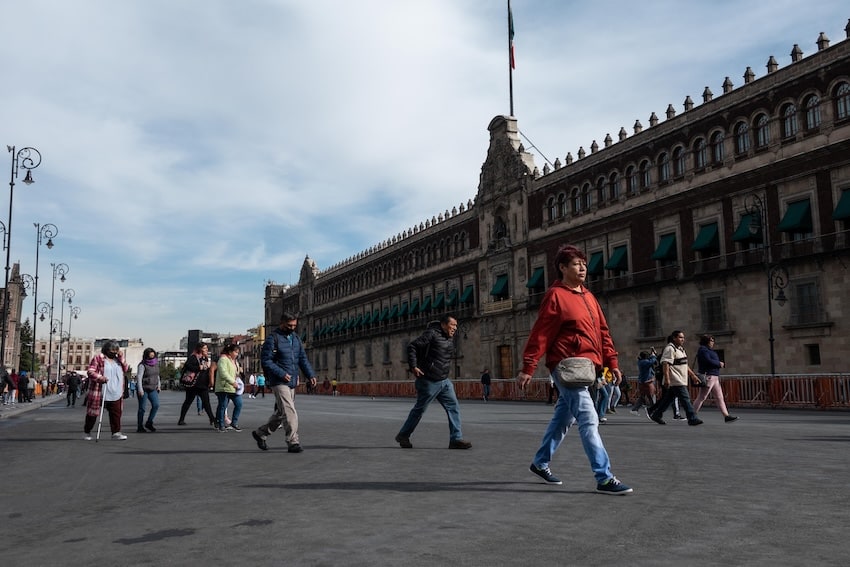
The square with many names
Officially called Plaza de la Constitución, the Zócalo in Mexico City, at nearly 47,000 square meters in area, is one of the world’s largest public plazas. It has changed dramatically over the centuries. In precolonial Tenochtitlan, the area that is now the Zócalo was a large open space bordered by the city’s sacred precinct to the north and by the palaces of the Mexica (Aztec) kings Moctezuma II and Axayacatl to the east and west. If this area had its own Nahuatl name, it has been lost to history.
When the Spanish and their Indigenous allies seized Tenochtitlan in 1521, conquistador Hernán Cortés tasked Alonso García Bravo, one of his soldiers, with redesigning the city’s layout. It was García’s work that produced the future Zócalo. At this point, like its counterparts across Latin America still are today, Mexico City’s main square was known as the Plaza de Armas or Plaza Mayor or Plaza Principal. Sometimes, in reference to the viceroy’s palace — now the National Palace — the square was called the Plaza del Palacio; other times, it was enigmatically called the Plaza de las Ánimas, or the Plaza of Souls. The plaza still, however, lacked an official name, and it would be two centuries before it would get one.
You might guess that the Zócalo’s formal name, Plaza de la Constitución, references one of Mexico’s six constitutions. But you would be wrong: The document the capital’s main square is named after is actually the Spanish Constitution of 1812. This notably liberal constitution played an important role in the crisis of the Spanish Empire and the independence of its colonies in the Americas. When it was ratified in Mexico — then still New Spain, but with the independence movement well underway — the Plaza Mayor was renamed in its honor.
Mexico City’s main square finally had its very own name, but it still wasn’t the one we know it by today, and its equivalents in towns and cities across the country were still called Plaza Mayor or Plaza de Armas. To get to the Zócalo, we have to jump forward in time to the early republic.
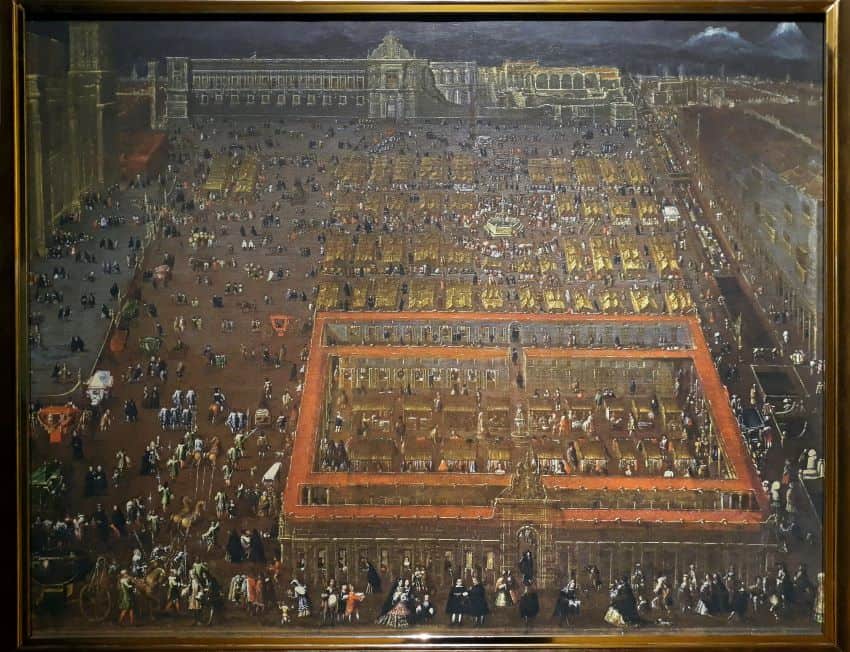
1828 and the Parián Riot
Throughout the colonial period and into the 19th century, the Plaza Mayor was home to Mexico City’s central marketplace. As the center of the country’s political life, the square was also the stage where the capital’s residents expressed their discontent and, therefore, the scene of riots that repeatedly sacked the market and destroyed the businesses there.
The final iteration of the Plaza Mayor market, called the Parián, was built after the city’s hungry masses destroyed the previous market and part of the viceroy’s palace following a major harvest failure in 1692. The riot that destroyed the Parián took place in the aftermath of the September 1828 presidential election, the country’s second as a republic.
When the conservative Manuel Gómez Pedraza beat liberal independence hero Vicente Guerrero for the presidency, he was widely understood to have won because the election was indirect, with votes being cast by state legislatures.
Two weeks after the election, Guerrero’s fellow independence leader Antonio López de Santa Anna rose in revolt in Veracruz, demanding that the elections be annulled and all Spaniards be expelled from the country. In late November, soldiers of the Mexico City garrison barricaded themselves in a city armory, echoing Santa Anna’s demands, and on December 4, groups of plebeian rioters ransacked and burned the Parián, the center of Spanish commerce in the city. Gómez Pedraza fled the city, and Guerrero was sworn in as president the next year.
Santa Anna’s monumental column
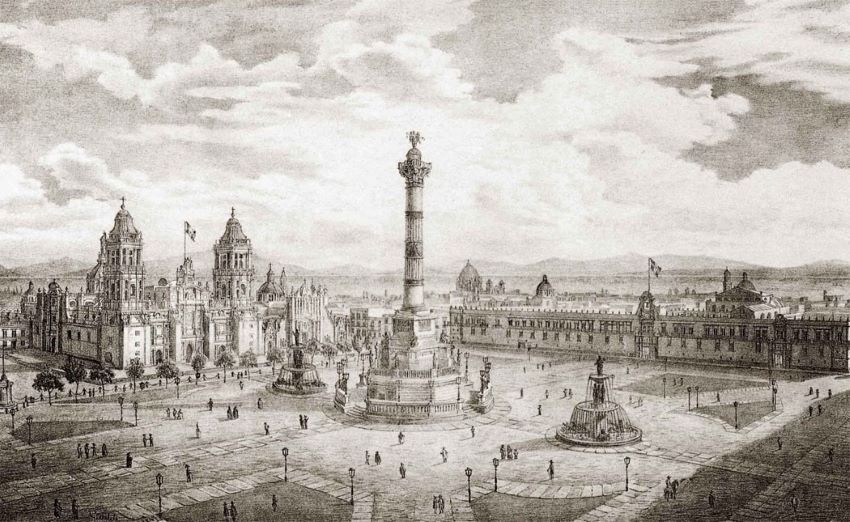
The Parián never recovered from the events of 1828. Successful merchants took their business elsewhere, and the market became an eyesore. In the early 1840s, López de Santa Anna — who had stood aside when conservatives overthrew Guerrero in 1830 — was serving in one of his longest stints as president and decided he’d had enough.
In July 1843, the San Carlos fine arts academy published a notice for what we might now call an urban renewal initiative: A competition would be held to design a monument to commemorate the heroes of Mexico’s independence. It would stand in the Plaza Mayor, soon to be cleared of the blighted Parián.
The winner of the competition was the Spanish architect Lorenzo de la Hidalga. Describing his project, one friend wrote that it was to comprise an octagonal base with an independence hero represented on each angle. Their remains would be interred inside the base, which would support a column with an internal spiral stair to be topped with a statue representing the republic. Sound familiar? This is almost an exact description of the Angel of Independence that now stands on Mexico City’s Paseo de la Reforma avenue.
De la Hidalga’s monument was never built due to the political shakeups of the 1840s and Mexico’s debt-constrained finances — except for one part.
Santa Anna laid the cornerstone for the monument’s octagonal base on Independence Day in 1843. It was completed eight days later. Then the money ran out. But the column’s base remained in the square for decades, and it was this structure that gave the plaza the name we call it by today: the word “zócalo” literally means “plinth” or “base.”
From Mexico City, the habit of calling a city’s main square its zócalo spread throughout the country. The practice became so widespread that, despite being the original zócalo, Mexico City’s main square is often called the Zócalo Capitalino, or zócalo of the capital, to distinguish it from the rest.
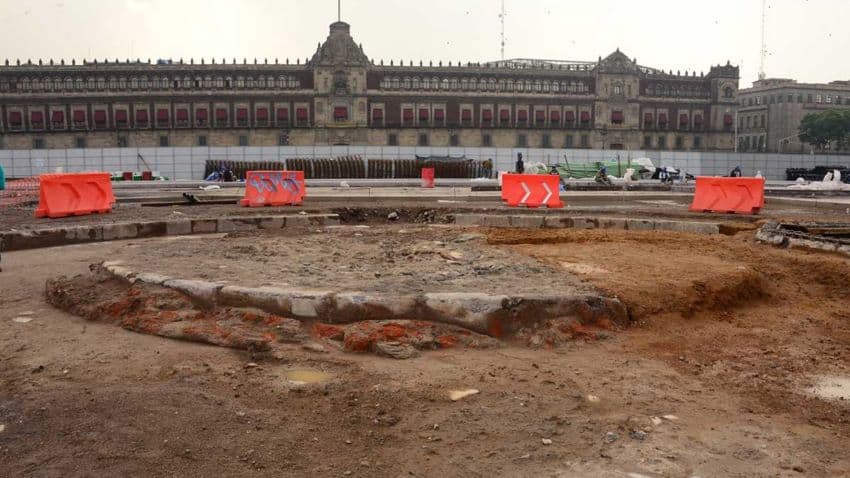
Although it’s not used in other Spanish-speaking countries, the word’s Mexican connotation is so well known abroad that the Royal Spanish Academy’s (RAE) dictionary definitions of the word include “a city’s main plaza, especially Mexico City.”
And the base the plaza is named for is still with us: In 2017, during renovations of the Zócalo, it was uncovered by archaeologists just north of the monumental flagpole that stands in the plaza’s center.
Mexico News Daily
